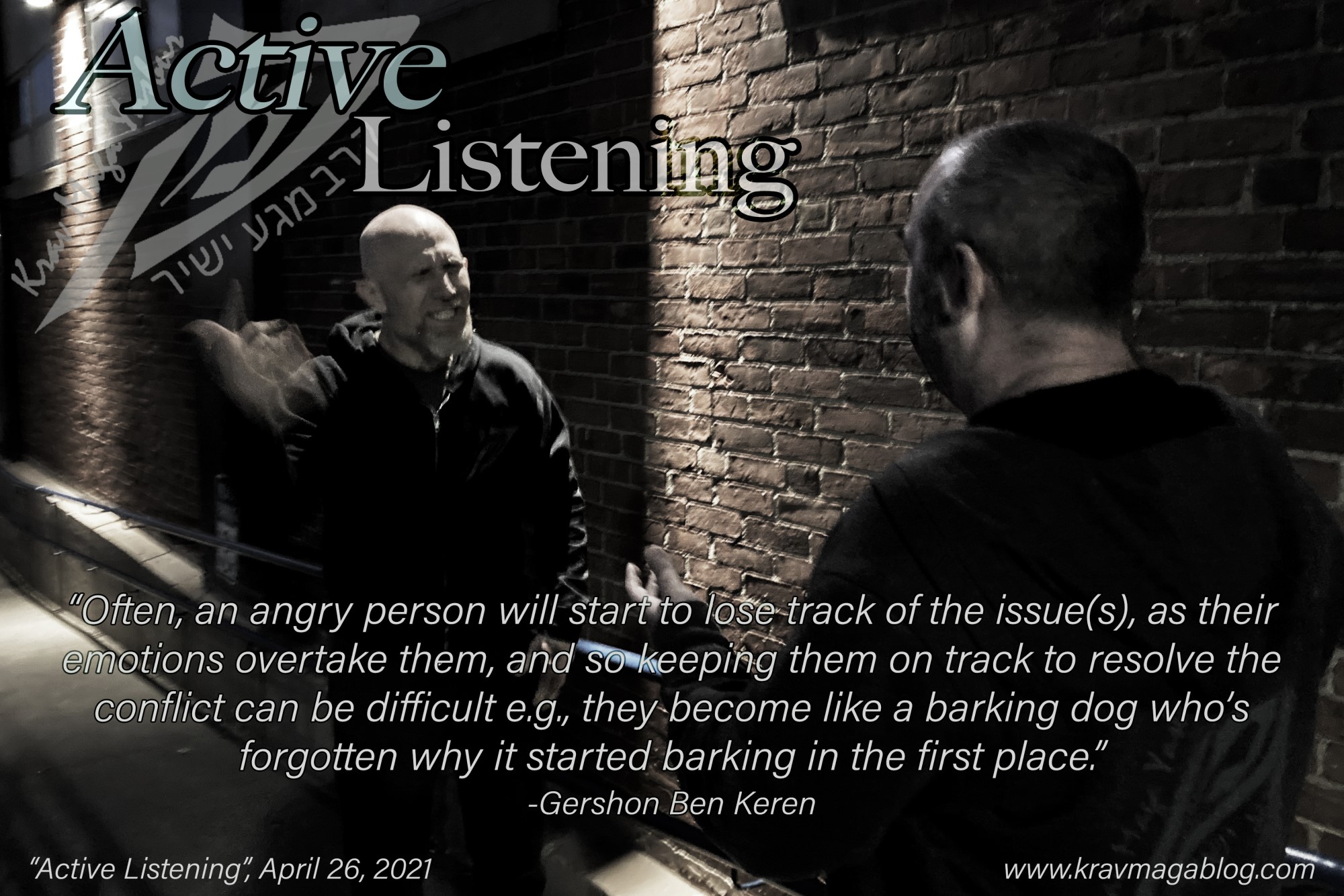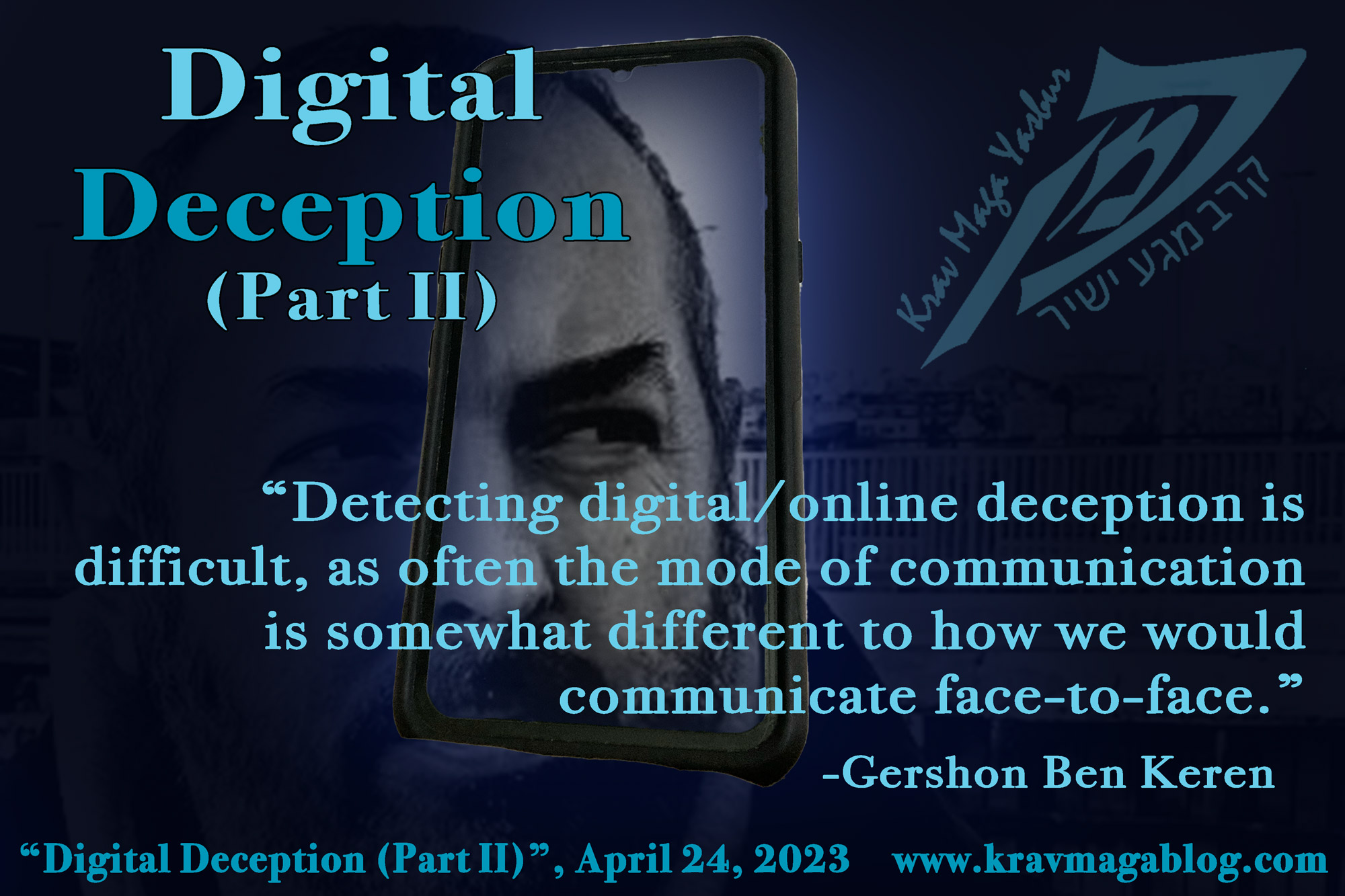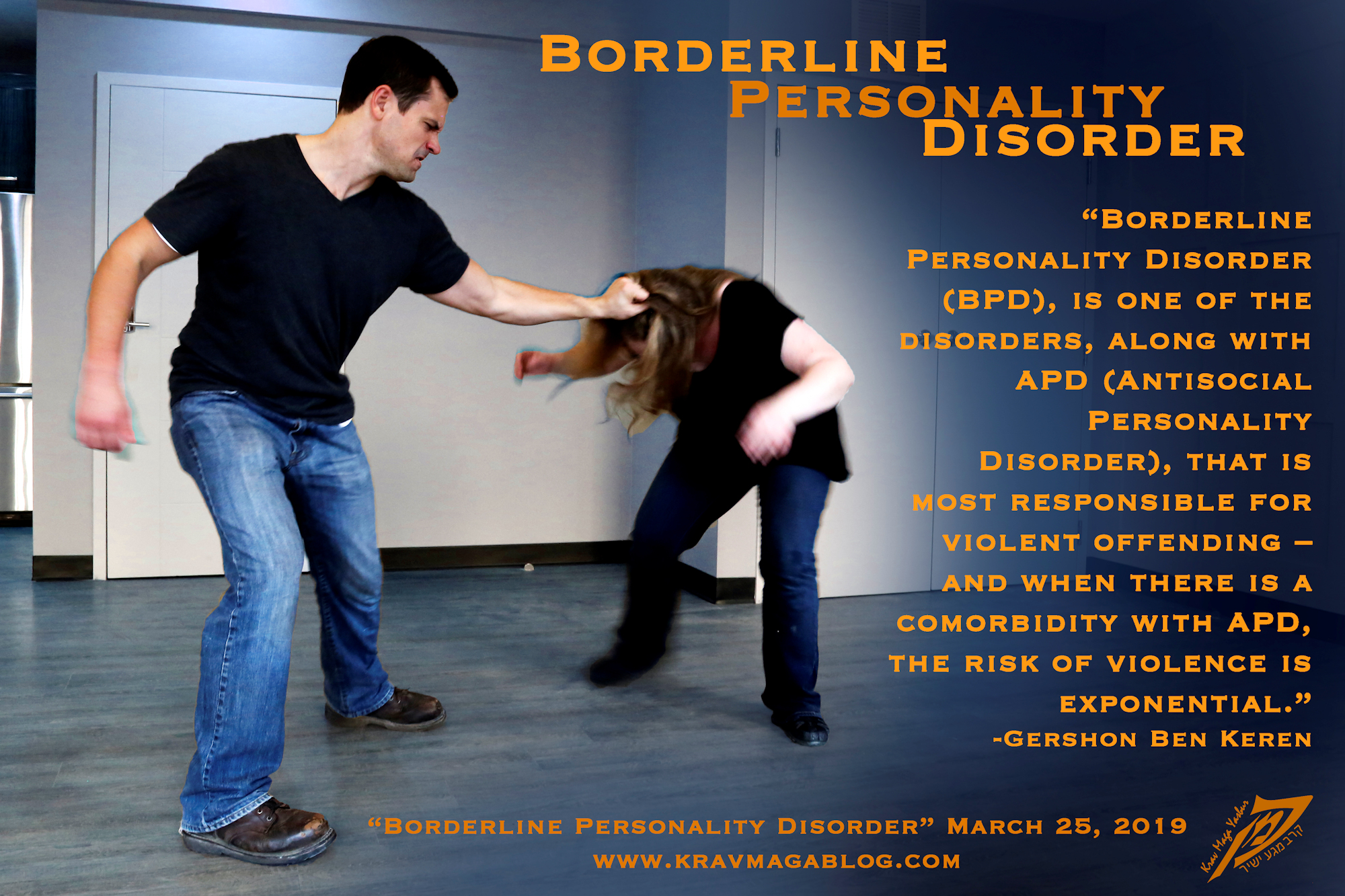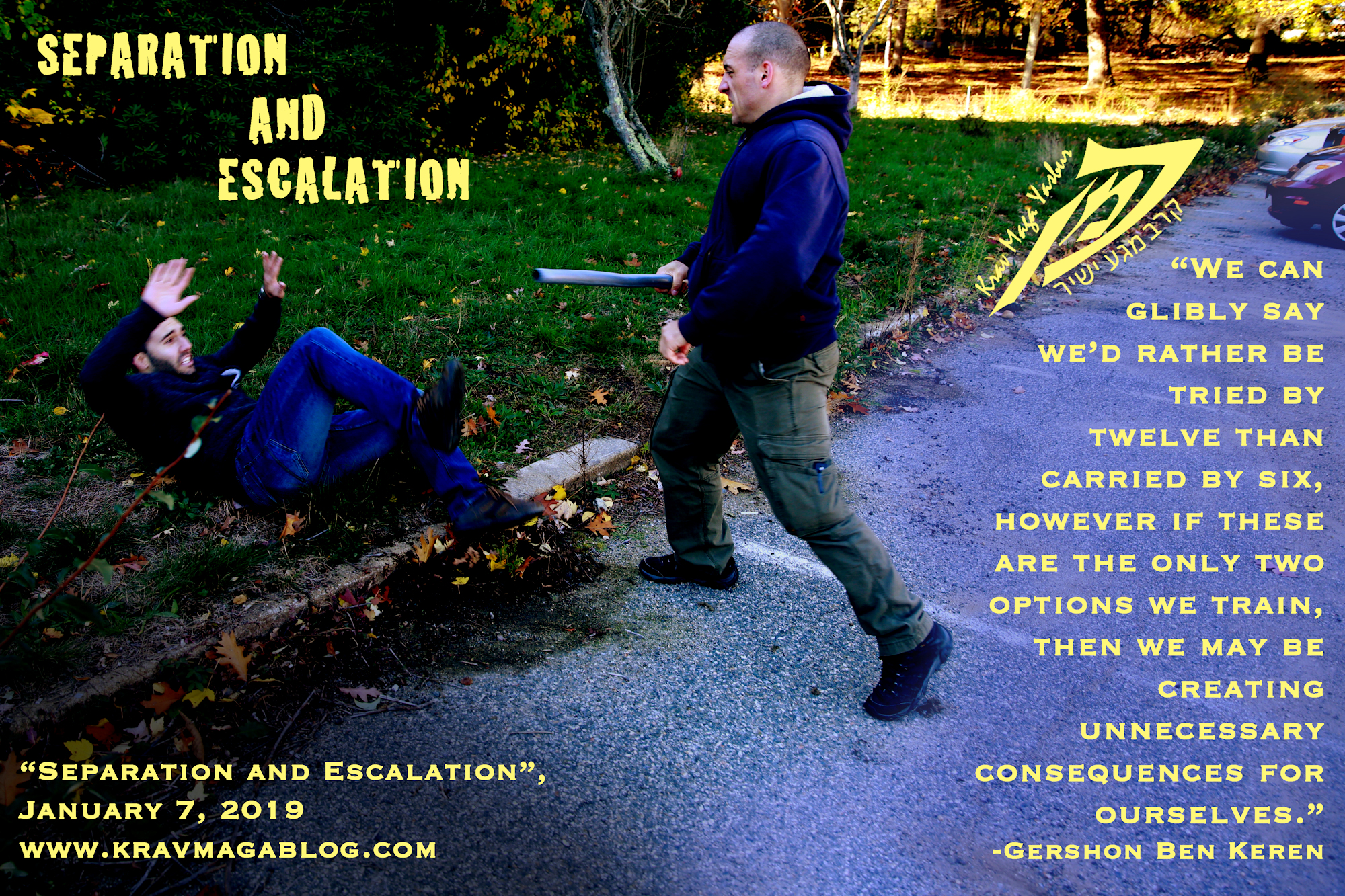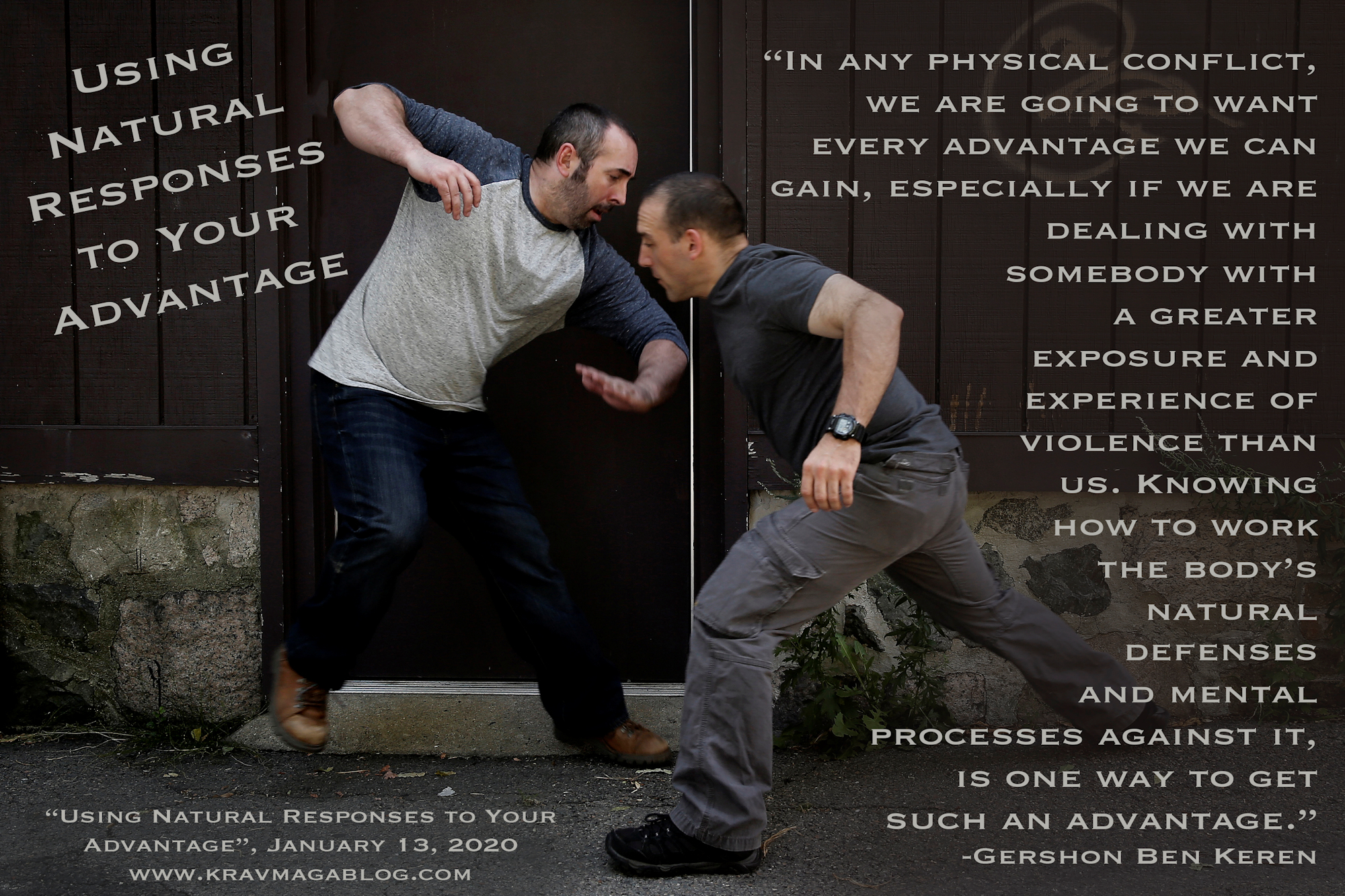Are Two Handed Choke Defenses Relevant?, is an article written by Gershon Ben Keren, a 5th Degree Black Belt in Krav Maga, who teaches Krav Maga in Boston, MA. He has also authored three Amazon best-Selling Books on Krav Maga.
Many people who come to a Krav Maga class for the first time, have little or no experience of what real-life violence actually looks like; their last actual reference point may be a schoolyard fight they were in or witnessed. This, coupled with some CCTV clips from the news, and “realistic” TV and movie fights, could represent the whole of their understanding of violence. When someone takes part in what is billed as a reality-based self-defense class, they are effectively being told by the instructor that the attacks they are learning to defend themselves against are the ones they are most likely to face i.e. they are being taught to deal with real-life violence. This is one of the reasons, amongst others, that I stopped teaching defenses against two-handed choke attacks (one where an assailant grabs your throat with two hands and squeezes your neck in order to choke you), early on in my school’s syllabus – one of the hardest parts in defending yourself against a two-handed choke attack in the real world, is getting someone to attack you like this…that is unless you are Bart Simpson and you’ve just done something really annoying to your dad. Don’t get me wrong, two-handed choke attacks do occur, however they are not as common as other attacks (such as being pushed and punched etc.) and tend to occur in very specific situations. In short, they don’t really represent what real-life violence looks like, and yet many Krav Maga instructors present these attacks, as something that a new student is likely to have to deal with – this just isn’t the case.
This is one of the dangers when instructors have to follow a syllabus, without questioning whether what’s being taught actually reflects reality – unfortunately, in some cases instructors don’t have any experience or knowledge of what real-life violence looks like, and so blindly believe that what they’ve been told to teach/instruct reflects reality. If a Krav Maga instructor truly believes, or wants to argue, that two-handed chokes are common place, I would suggest that they spend a few years working door or bar security, and tally up the number of times that they see such an attack. From my own personal experience, working the door, and from conversations with other security professionals, who have firsthand experiences of both witnessing and dealing with violence, two-handed chokes of this nature are extremely, extremely rare. When I’ve had this conversation with some other Krav Maga instructors, they’ve told me that they use the choke attack to demonstrate certain Krav Maga principles e.g. different responses to life threatening and non-life threatening attacks etc. While this is a fair point, there are other attacks, that can be used to demonstrate the same points and principles, which are much more common; and so it would be better to teach a new student how to deal those. First impressions stay with people and are hard to undo, so instructors should consider whether it is appropriate to give new students the impression that most violent altercations involve two-handed chokes.
On more than one occasion, other Krav Maga students and instructors have accused me of not staying true to “historic” Krav Maga. I’m quite happy to admit that I don’t care a lot about “history” and “traditions”, when it comes to teaching people how to survive real-life violent confrontations. Krav Maga has never been an academic pursuit to me, it’s always been a practical one (something that it has to be if you work in the security industry). Don’t get me wrong, the fundamental principles, concepts and ideas that Imi Lichtenfeld, the creator of Krav Maga, laid down, are good, solid, realistic fighting principles, however I don’t accept that a no-longer common attack (that may have been prevalent in the Middle East in the 1940’s), such as a two-handed choke, should be taught as one of the first things that a new Krav Maga student learns. My personal belief is that the first things a student learns, should be the most realistic and practical, and these can be altered depending on the country, culture and group that is being taught e.g. when I had my school in London, I spent much more time teaching new students defenses against knife attacks, than I do currently at my school in Boston, simply because knife attacks were/are a daily occurrence in London.
The number of variations in techniques taught concerning two-handed chokes is also of concern - e.g. chokes from the side, the rear, with a push, with a pull etc. This to me demonstrates the danger of the “what if?” approach to martial arts, and the need to answer such questions, even if the “what if” has no place in reality. I understand that an instructor likes/needs to have answers to student’s questions e.g. let’s say an instructor demonstrates a front choke defense, and a student asks “what would you do if the choke came from behind” etc. however it would be more productive to state that such attacks don’t really happen, and move on, than feel the need to demonstrate a solution, to an almost non-existent problem; I say “almost”, because I don’t want to say it “never” happens.
I do teach defenses against two-handed chokes, however I try to teach them in the scenarios and situations where they sometimes occur, such as on the ground (such as in a sexual assault where an assailant has the dual goal of preventing their victim from screaming, as well as subduing them etc.) or against a wall etc. I also acknowledge that certain populations may be more susceptible to such an attack e.g. a Law Enforcement Officer in Massachusetts, told me that officers are sometimes attacked like this when they are dealing with someone who is resisting an arrest etc. but doesn’t want to actually “hit” them. I’m not arguing that defenses to such attacks shouldn’t be taught, just that they should be taught in context, and not as one of the first techniques a new student learns.
When new students come to train, we have a responsibility to present them with a picture of what real-life violence looks like. Unfortunately, most students don’t question what an instructor says or does. They believe them to be the expert and the authority, and that’s that. If an instructor starts by teaching two-handed choke defenses they’ll believe that this is what violence looks like – unless the instructor explains the context of such attacks and/or the reasons behind teaching such techniques/defenses early on etc. As Krav Maga instructors, our students will assume that the reality we teach will be the reality they face, and introducing two-handed chokes as one of the first techniques they learn, presents them with an unrealistic picture of violence.
0 COMMENTS